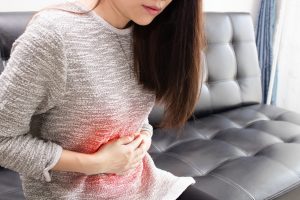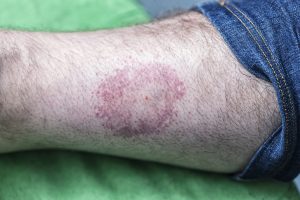 Norovirus is a contagious virus that causes gastroenteritis (also known as the stomach flu) to develop. According to the Centers for Disease Control and Prevention (CDC), it is the leading cause of vomiting, diarrhea, and food poisoning in the United States.
Norovirus is a contagious virus that causes gastroenteritis (also known as the stomach flu) to develop. According to the Centers for Disease Control and Prevention (CDC), it is the leading cause of vomiting, diarrhea, and food poisoning in the United States.
Norovirus is most prevalent between the months of November and April. Each year, over 19 million Americans are infected with this virus. Currently, the percentage of positive norovirus test results throughout the United States is over 12%, reaching as high as over 16% in the Northeastern United States.
People with norovirus are most contagious while experiencing symptoms and during the first few days after symptoms subside; however, they can still be contagious over two weeks after they start to feel better. Some specific ways in which norovirus is often transmitted from person to person include:
- Having direct contact with someone with norovirus, such as by caring for them, sharing food or eating utensils with them, or eating food handled by them
- Eating food or drinking liquids that are contaminated with norovirus
- Touching surfaces or objects contaminated with norovirus and then putting your unwashed fingers in your mouth
There are effective steps you can take to protect yourself and others against norovirus. These include:
- Washing your hands with soap and water for at least 20 seconds after touching surfaces, food, or other people
- Thoroughly washing fruits and vegetables if you plan to eat them
- Thoroughly cleaning utensils, plates, bowls, counters, and other frequently-touched surfaces in your home, especially if a sick person has been using them
- Cooking shellfish to an internal temperature of at least 145° Fahrenheit
- Washing laundry with detergent and hot water at the maximum available cycle length, then machine drying them at the highest heat setting
- If you are sick, avoiding preparing food or caring for others for at least 48 hours after your symptoms stop
If you experience vomiting, diarrhea, or other symptoms of norovirus, schedule an appointment with a doctor at Flushing Hospital Medical Center’s Ambulatory Care Center as soon as possible by calling (718) 670-5486.
All content of this newsletter is intended for general information purposes only and is not intended or implied to be a substitute for professional medical advice, diagnosis or treatment. Please consult a medical professional before adopting any of the suggestions on this page. You must never disregard professional medical advice or delay seeking medical treatment based upon any content of this newsletter. PROMPTLY CONSULT YOUR PHYSICIAN OR CALL 911 IF YOU BELIEVE YOU HAVE A MEDICAL EMERGENCY.









